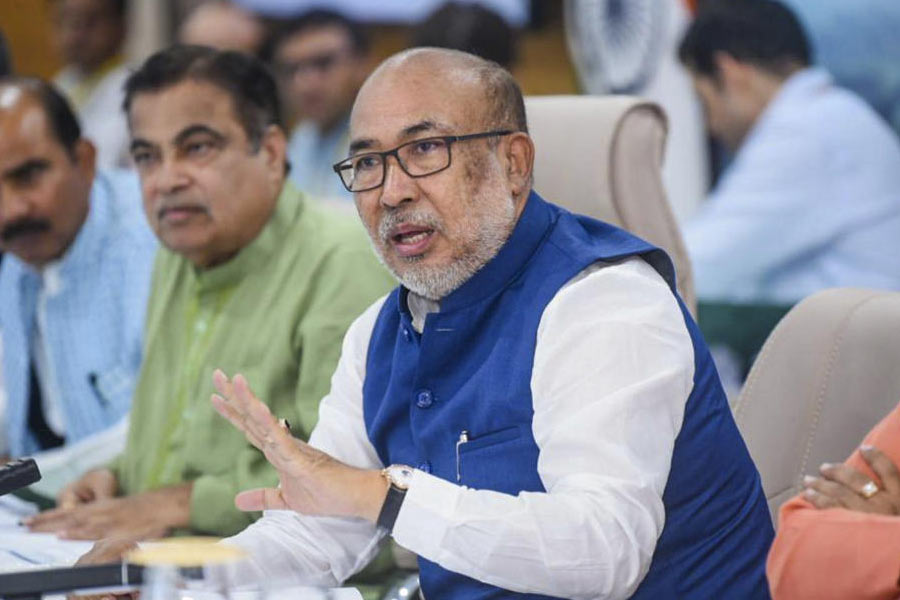Patna, Feb. 8: Literacy has something to do with the desire of a boy child. At least, the provisional data of 2011 census for Bihar indicate so.
The districts in the state, which have recorded an impressive growth in literacy rates, have witnessed a decline in the male-female ratio between 0 and 6 years.
Shilpi Singh, the consultant of Beti Bachao Aandolan — a campaign initiated by non-government organisation Bhoomika Vihar to save the girl child — today made the revelation at a workshop organised by Bhoomika Vihar and Plan India on the Bihar Industries Association premises.
The provisional data of 2011 census for Bihar revealed that districts such as Vaishali, Lakhisarai, Begusarai, Bhagalpur and Saran have reported growth in literacy rate. But at the same time the districts have recorded a decline in the sex ratio.
For instance, while the literacy rate of Vaishali in 2001 was 50.49 per cent, it reached 68.57 per cent in 2011. On the other hand, the sex ratio of Vaishali has decreased drastically. While the sex ratio of Vaishali was 937 girls per 1,000 boys in 2001, it declined to 894 in 2011.
Lakhisarai, too, showed a similar trend. While the literacy rate of the district in 2001 was 47.96 per cent, in 2011 it was 64.95 per cent. The sex ratio of Lakhisarai was 955 girls per 1,000 boys in 2001. It dipped to 915 in 2011.
Other districts, including Begusarai, Bhagalpur and Saran, are also witnessing a decline in the sex ratio despite a growth in literacy rate.
The declining population of the girl child, challenges and responsibilities was the theme of the workshop. While some speakers came up with the figures to throw light on the theme, some pointed out the root cause of the problem.
“Could there be any relationship between the declining child sex ratio and the increasing literacy rate in Bihar? This is something that experts should discuss immediately. Why is Bihar witnessing such a bizarre trend?” asked Singh.
He, however, did not rule out the possibility that there may be some link between declining sex ratio and growing literacy rate.
“With literacy rate growing, the women of rural areas have become aware of the institutional deliveries. They are opting for such deliveries these days. So when they visit the clinics, they also get to know about the sex-determination techniques. They then opt for it without giving a second thought. This could be a reason behind the drop in sex ratio after an increase in literacy rate,” said Singh.
Meena Samant, a gynaecologist with Kurji Holy Family Hospital, suggested there should be a neutral body to investigate into cases related to sex determination.
“Police or other higher officials may not act sincerely after receiving an information that a couple is going for a sex determination of the foetus because they could be influenced by the party. Thus, a neutral body should look into such cases.”










